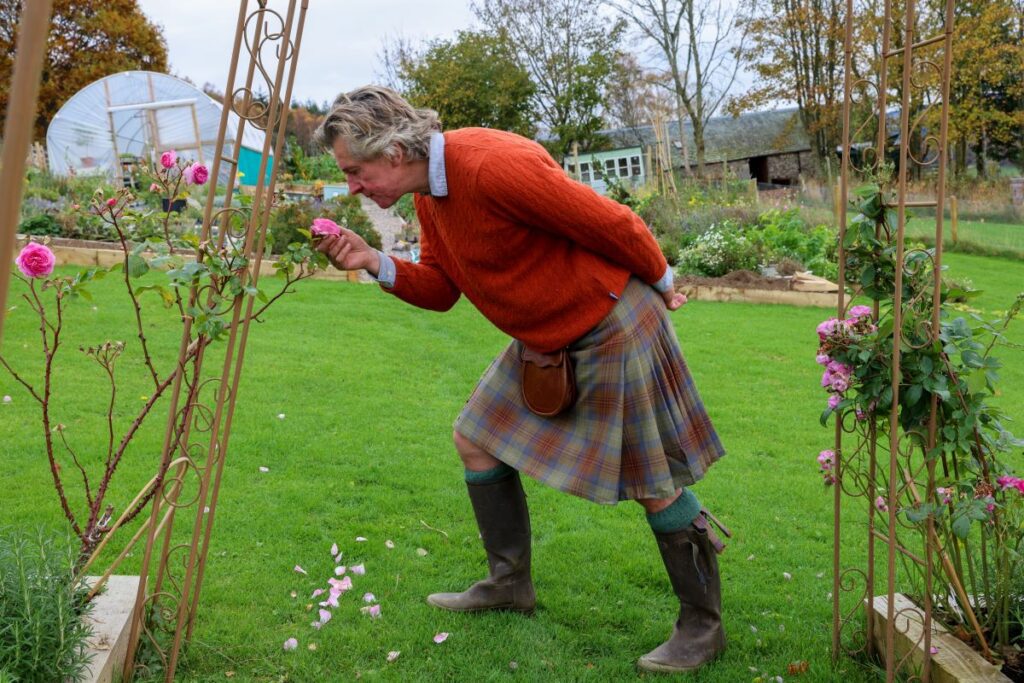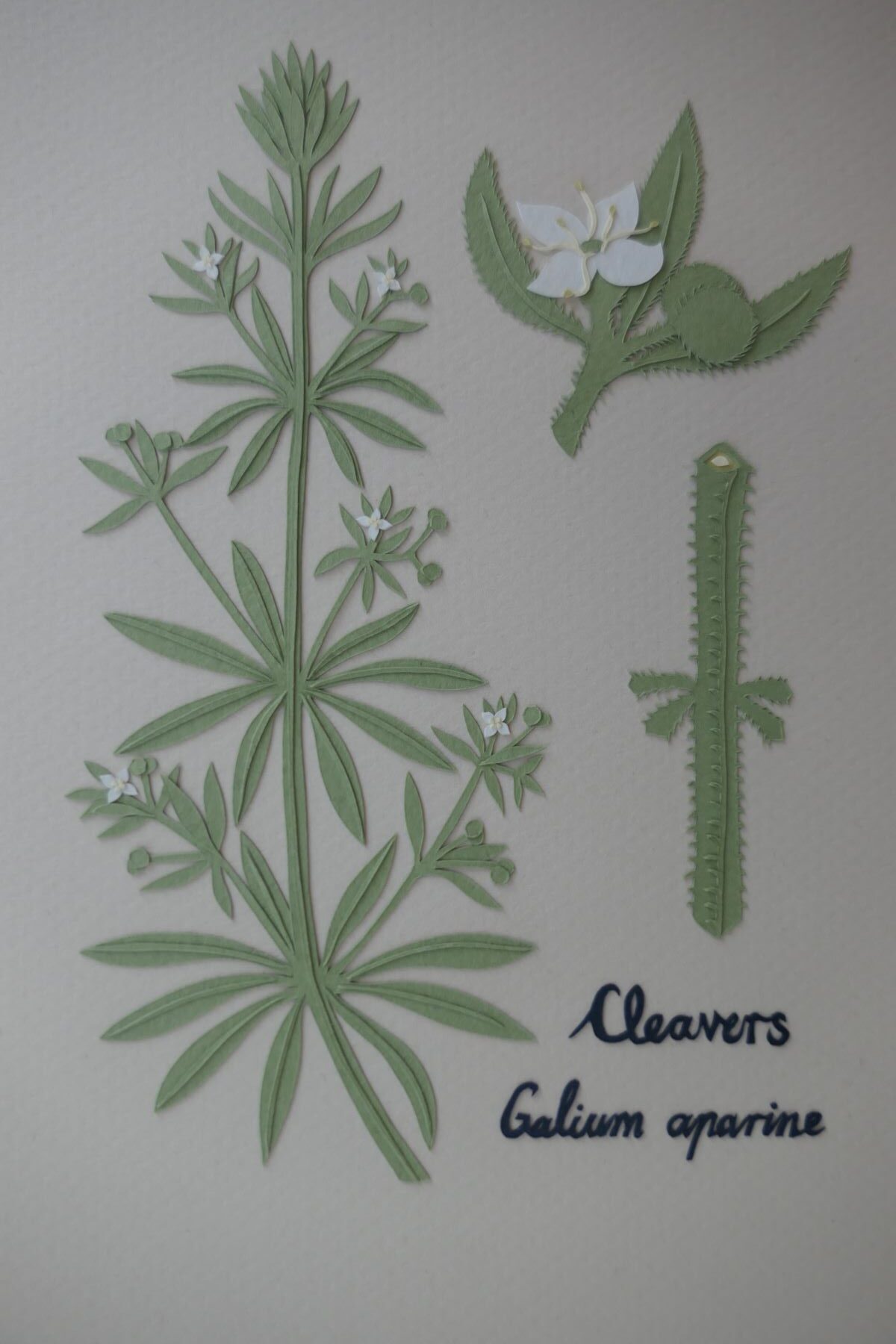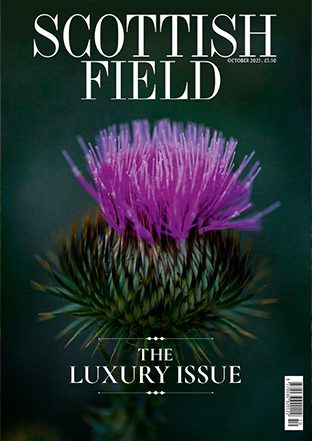
Hamish Martin: ‘I have always been grateful for cleavers, it’s the best at getting rid of the nasties and supporting the immune system’
This month gardening columnist Hamish Martin explains the healing properties of cleavers, or sticky willie as most of us know them, and why we should recognise them as a friend.
February seems like an odd month to look for cleavers, or sticky willie as commonly called due to the plant’s sticky tendencies, as it ‘cleaves’ to animal fur and clothing.
But it was in the month of February that it came to our rescue one year and as such I have always been grateful and respectful of this herb.
And yes, I call it a herb not a ‘weed’, for it gives us medicine and, in my opinion, any plant that gives itself to heal us, is then a herb.
Coming out of winter hibernation our bodies crave a spring tonic and it always seems to be at this time of year that our bodies weaken and allow viruses to arrive.
This was exactly the case one year for one of my family members who could just not shift the most awful virus.
What should turn up at our front door but a fresh new abundance of cleavers, at which I was able to harvest and use with immediate effect.
This plant is one of the best lymphatic gland cleansers known. It is the best at getting rid of the nasties from the body and supporting the immune system.
Cleavers are known as an alternative, a herb that gradually restores the proper functions within our bodies and aids health and overall well-being.
This humble native herb is easy to recognise and safe and simple to use.

Credit: Naomi Harvey
The best way to get the benefit from cleavers is to pick them fresh, young and full of green energy and place the bunch into a large jug of water and let it soak for a couple of hours.
Then place the jug into the fridge and drink throughout the day. The flavour is reminiscent of cucumbers and as you drink this healing water you can feel the goodness seep into you.
It is very high in vitamin C and has diuretic properties and has long been used as a slimming aid.
You can also eat this herb, making food your medicine. It is best picked young when it is tender and cooking it will soften the plant’s hook like bristles and deliver a fresh green flavour similar to young peas with a hint of grassiness.
What is also really interesting is that cleavers are part of the coffee family and the seeds when ground make a coffee like substitute. But to be honest, I have never tried as the little seeds are fiddly and very time consuming to harvest.
Dioscorides (40-90AD) reported that ancient Greek shepherds would use the barbed stems of cleavers to make a ‘rough sieve’, which could be used to strain milk.
Carl Linnaeus (1707-1778) later reported the same usage in Sweden and it is still a tradition that is practised now.
The only precaution is that some people can find the plant hairs can cause skin irritation and it is best not used by those pregnant as it can stimulate uterine contractions.
However, whenever I do a faerie, magical, herbal walk for children I always put a bit of sticky willie on their clothing so they are camouflaged and can enter faerie sites safely.
The next time you find sticky willie, it may be the time to smile gently inside and recognise a friend in your midst.
Read more Garden stories here.
Subscribe to read the latest issue of Scottish Field.
TAGS

